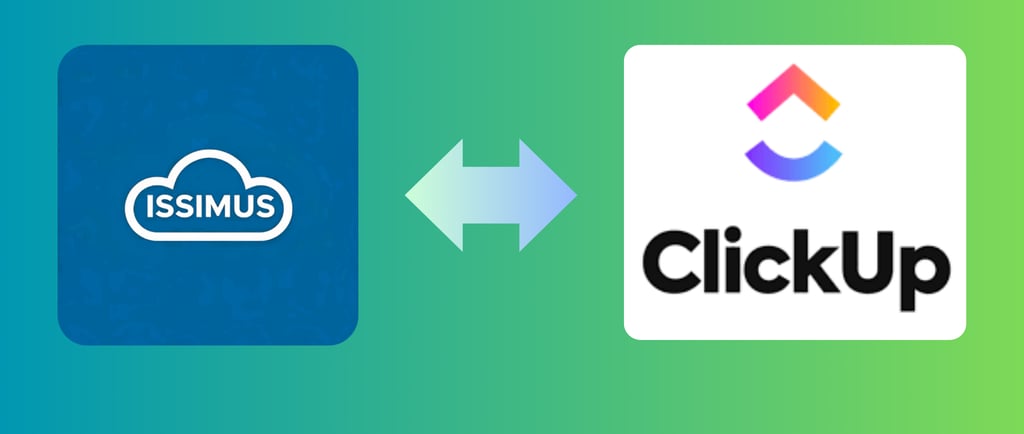How I Implement ClickUp to Organize Teams and Projects
In this blog, I share my experience implementing ClickUp in different companies. I explain the challenges I’ve faced, how I solved them, and why proper implementation is not just about software, but about team culture.
10/5/20252 min read


How I Implement ClickUp to Organize Teams and Projects
As August came to an end, I wanted to write to you about something I haven’t done in a while. I wanted to share a topic I really enjoy: implementing ClickUp. I’ve used it to help companies that need more order, visibility, and efficiency in their projects. I’m not going to sell you smoke—just sharing how I do it and the challenges I usually face along the way.
When I start implementing ClickUp, the first step is always understanding how the company works. It’s not enough to just install the tool. I need to know their daily routines, processes, and how ready they are for a change. Not to mention the biggest problems they face in their daily work. Often, I find teams using too many tools at once: emails, Excel sheets, scattered chats, documents stored in dozens of places. That chaos creates delays, errors, and frustration. That’s where ClickUp comes in: it centralizes tasks, documents, and communication all in one place.
One of the biggest challenges I faced was with a healthcare company. They comply with HIPAA standards, which means information must be handled securely and follow strict rules. As a result, ClickUp implementation had to follow this regulations. The solution was simple and direct: we moved to a ClickUp Enterprise plan that meets those requirements, set up role-based access, and established clear permissions for each user. The result was a team that could work calmly, knowing that the information was protected and compliant.
Another common challenge is resistance to change. Some people are very used to emails, spreadsheets, or older systems. Switching to a platform like ClickUp can be complicated, intimidating, and overwhelming—especially for those who are not tech-inclined. In these cases, I start with the essentials: create a clear structure of spaces, lists, and tasks without overcomplicating things. I prefer the team to first get comfortable with the basics. Then, little by little, we add automations, integrations, and more advanced features. That way, the change feels natural, not forced.
I also like to create automated workflows that save the team time. For example, reports or documents they use repeatedly. Instead of everyone searching or creating them from scratch, I set them up in ClickUp linked to an automation so anyone can generate them in a few clicks. This not only speeds up work but also maintains a quality standard within the company.
What I really like about ClickUp is its ability to integrate with other tools. Sometimes it’s not about replacing everything, but connecting what they already use. I’ve integrated ClickUp with email systems, cloud storage, and even internal communication platforms. This creates a smoother ecosystem where people don’t have to jump from one place to another to complete a task.
Implementing ClickUp isn’t just about software, it’s about culture. You have to teach the team that the tool is there to serve them, to make their work easier, not harder. That’s why I always say: it’s not about filling out fields or clicking for the sake of it. It’s about having clarity on what needs to be done and who is doing it.
At Issimus, my goal with every implementation is simple: the tool should work for the team, not the other way around. Because it’s useless to pay for a powerful platform if nobody uses it properly. When ClickUp is implemented correctly, results are felt quickly: less confusion, less duplicated work, and more time to focus on what really matters. That’s my experience with the platform, and I’m confident those who have used it would agree.
Try ClickUp for Free here: [Link]
Contact Us
Forms
Email: info@issimus-automation.com
Phone number: +1 (939) 865-2727
© 2025. All rights reserved.
